Prospective students
Four Reasons Why You’ll Want to Visit the Newly Renovated Design Library
After more than a year of eager anticipation, the newly renovated Design Library has finally opened! With all the fanfare surrounding this significant milestone, we’re sure you’re curious about what’s new and noteworthy in this cherished landmark. Read on to get the lowdown on why you’ll want to visit Kyushu University’s one and only Design Library.
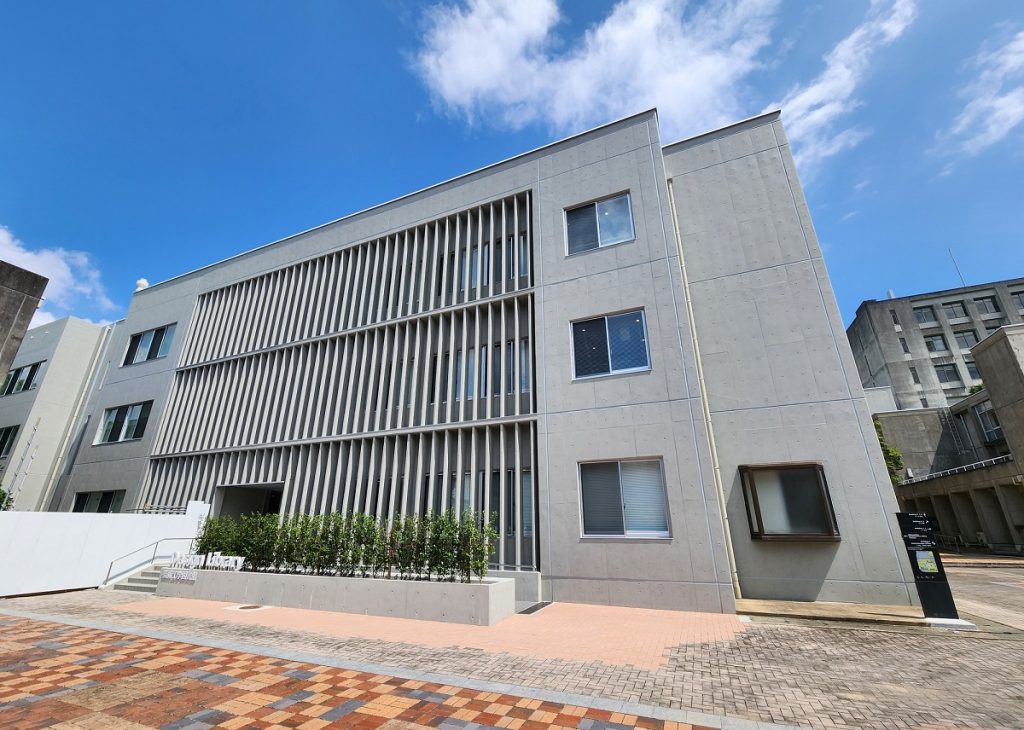
1. Get up close and personal with famous works of (replica) design
Admittedly, Fukuoka’s not quite geographically close to epicentres of global design, such as Amsterdam if architecture’s your thing, or Paris if you’re a visual arts connoisseur. That’s why the Design Library features reproductions of prominent designs from around the world, allowing you to gush over them without needing to break the bank on a trip halfway around the world.
Walk into the library through the main entrance and one of the first things you’ll see is a visually-striking cluster of pillars. Modelled after the Sagrada Família Basilica (a famous church in Barcelona, Spain), the cathedral’s unique columns incorporate an array of distinctive geometric shapes to resemble trees and branches. Although the replica in the Design Library isn’t load-bearing, we think it still conveys the same sense of grandeur and ingenuity.
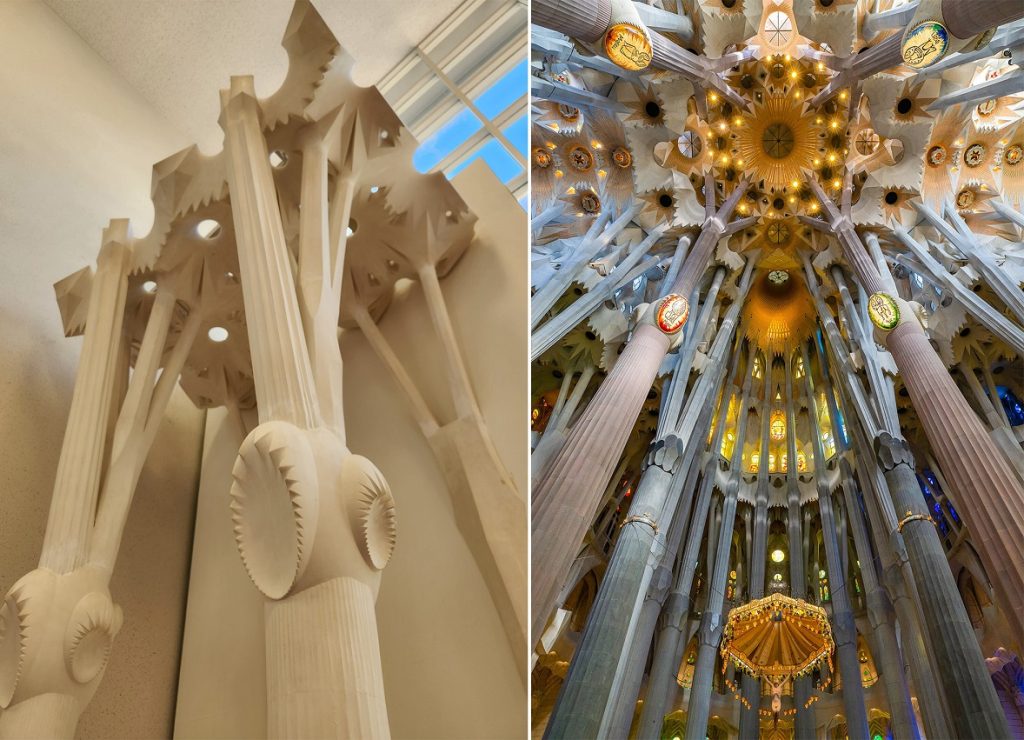
If admiring convincing replicas from a distance doesn’t satisfy your aesthetic cravings, you’re in luck – the Design Library hosts reproductions of famous chairs that you can actually sit on! The next time you’re studying in the library, feel free to make use of these interactive masterpieces to overcome your latest spell of “Designer’s Block”.
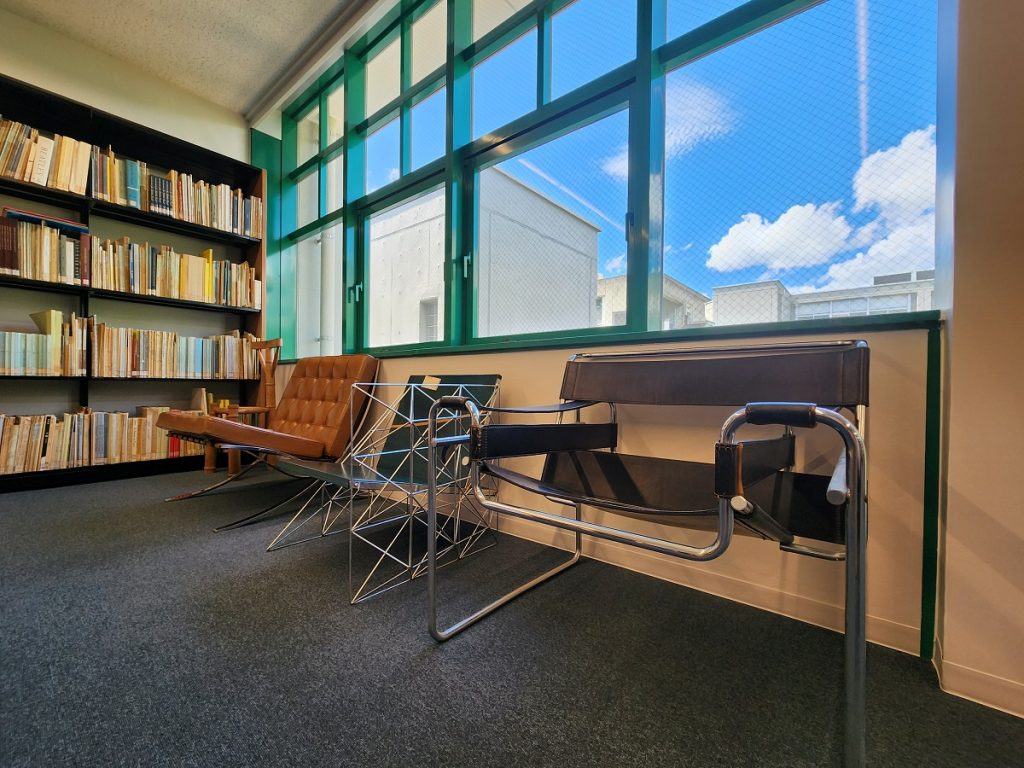
(Bonus) – Once you’re done with the activities above, why not round off your design-themed escapade with a trip to the Rainbow Mosaic on the third floor? It’s especially pretty during sunset when the rays of the setting sun shine through the tiles and bathe the room in kaleidoscopic light.
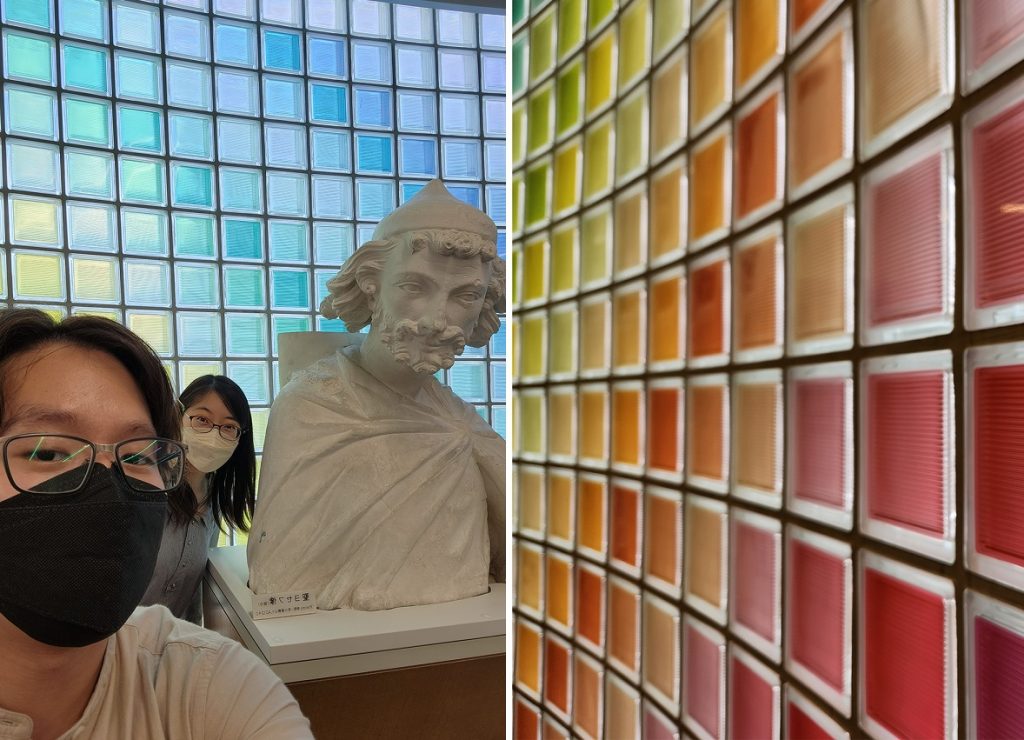
2. Admire the creative efforts of your fellow students and teachers
Being the School of, well, Design’s library, a significant portion of the newly renovated Design Library was drawn up in-house. For instance, under the guidance of Assistant Professor Mao Kudo, many of the signs you see were designed by students – from the choice of typographic font to the signage layout. Even the counter you see in the reception area was designed by Associate Professor Naoshige Akita. These contributions demonstrate the dynamism and expertise that defines the School of Design.
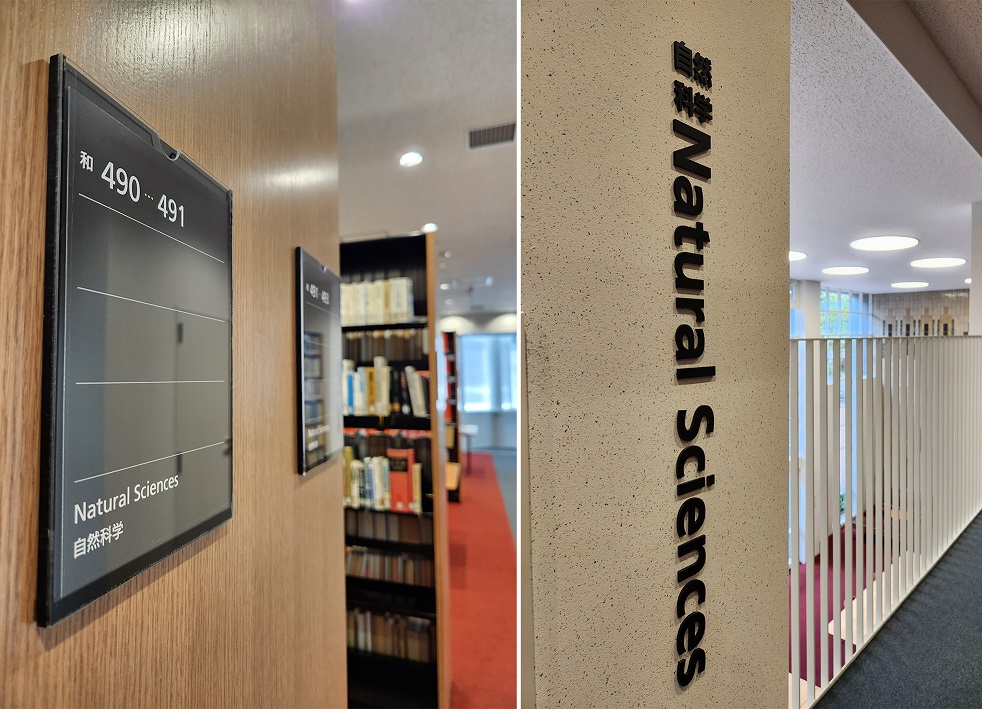
Even if you’ve missed the chance to design the Design Library (Inception movie reference), worry not as the Visual and Audio Lounge exhibition area provides an opportunity to showcase your creative works. A completely soundproof and lightproof room, the VA Lounge gives you the freedom to bring your designs to life without interference from the external environment.
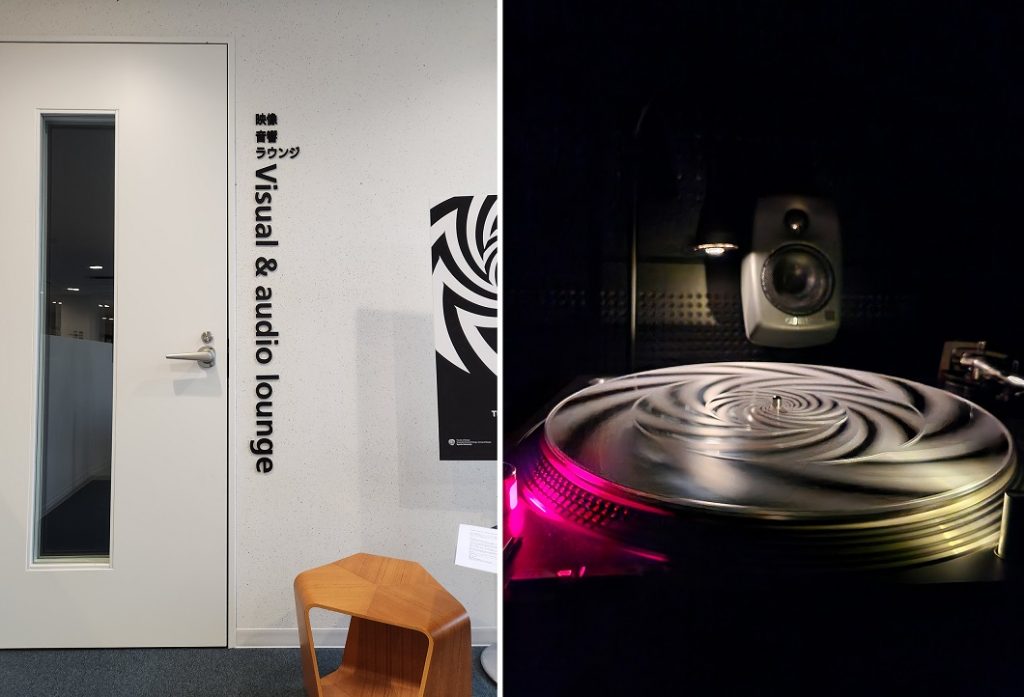
3. Find a studying environment that suits your needs
Whether you thrive studying by yourself in a quiet corner or prefer collaborating with fellow students, the Design Library has got you covered. Incorporating feedback from students, the Design Library now offers solo studying areas complete with desk lamps and charging outlets, and designated tables specifically intended for group work.
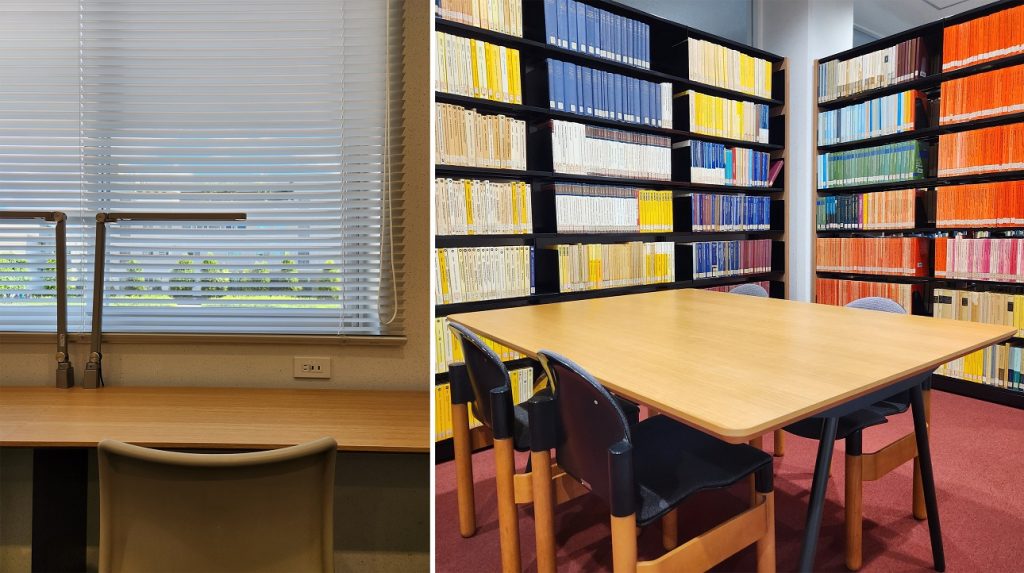
There’s yet another reason to invite your friends over for a studying session – tucked away on the second floor of the Design Library is the Active Learning Corridor. Because it’s open to the public, your friends can enjoy the library’s outstanding facilities even if they aren’t Kyudai students.
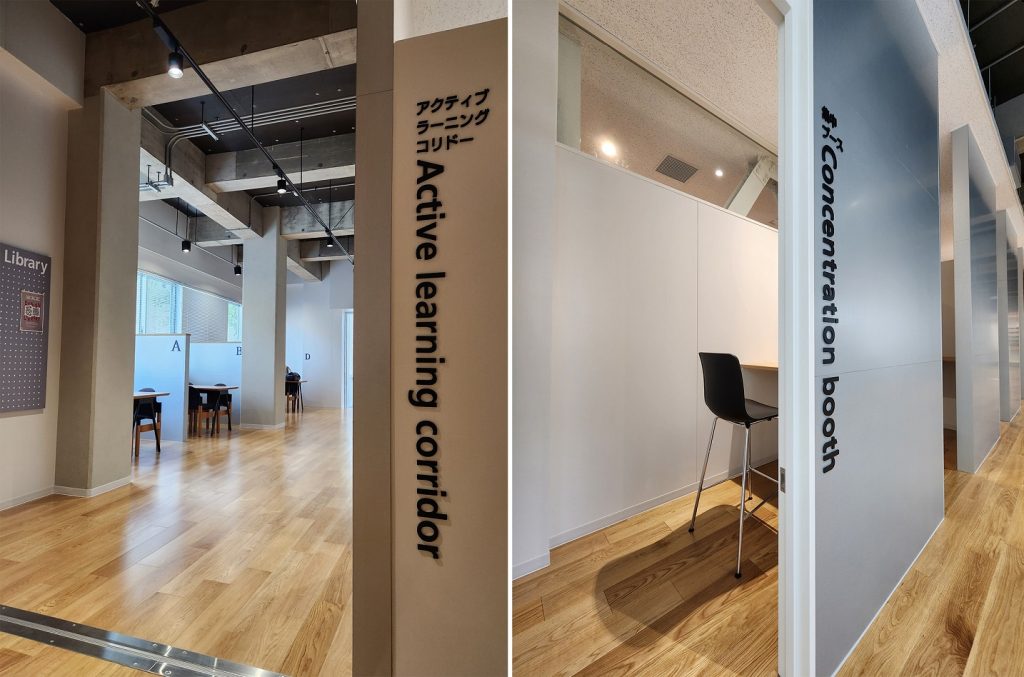
4. Indulge your inner musician with the library’s music resources
If you’re a music aficionado and love your music analogue, the Design Library might just be auditory heaven. From vintage vinyl records (complete with an actual record player) to obscure sheet music, you’ll be sure to find something that tickles your fancy.
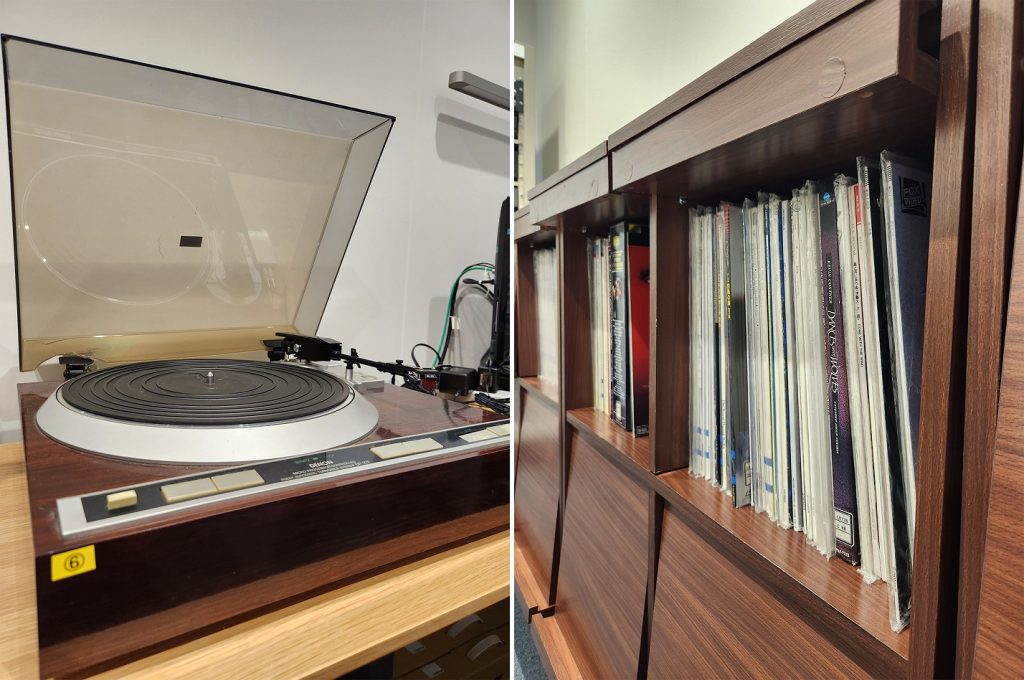
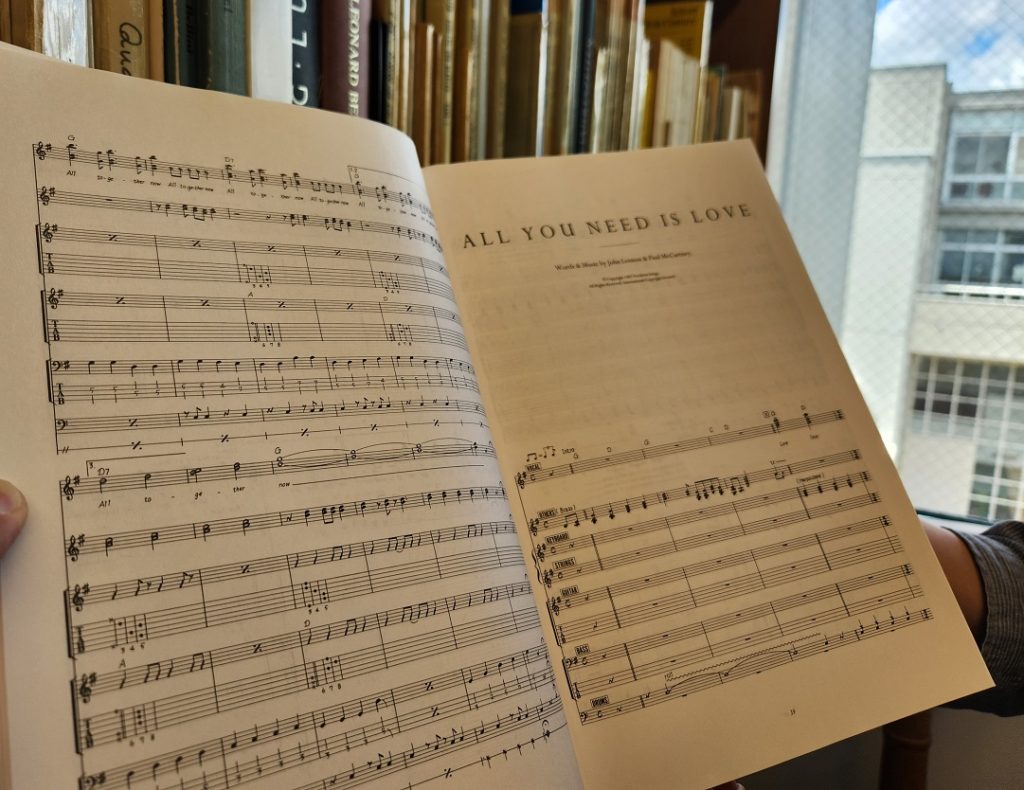
With all these facilities, Kyushu University’s newly renovated Design Library is so much more than just a building full of old books. Whether you’re looking for a place to study or immerse yourself in the world of design, there’s bound to be something in store for you. So what are you waiting for, come on down to visit the Design Library today!
————————–
About the Writer
I’m Daniel Toh, a third-year exchange student from the School of Humanities, Nanyang Technological University, Singapore. When I’m not puzzling over how to apply literary theory in a design context, I’m thinking up the next big day out around Fukuoka (though I’ve only gotten round to following through with half of them). Join me as I learn more about this wonderful part of Japan!